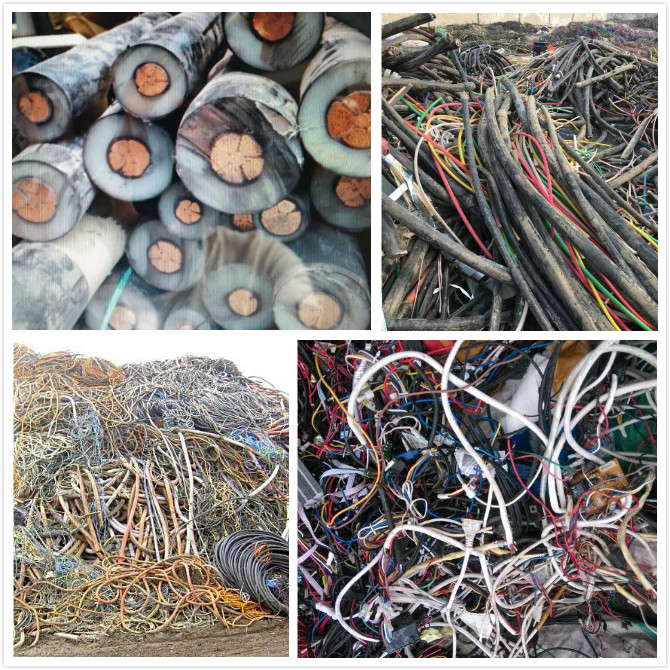

Қар . 02, 2024 15:04 Back to list
Understanding the Costs Involved in Setting Up a Steel Recycling Plant
Steel recycling is an increasingly vital aspect of sustainable development and industrial growth. With the rising demand for steel and the pressing need to reduce carbon footprints, setting up a steel recycling plant has become an appealing investment. However, it is crucial to thoroughly comprehend the costs involved in establishing such a facility before diving in.
Initial Capital Investment
The first category of costs to consider is the initial capital investment. This encompasses land acquisition, construction of the plant, and the necessary infrastructure. Location is fundamental, as proximity to steel sources and transportation facilities can significantly affect overall expenses. The construction costs can vary widely depending on the plant's size and capacity, ranging anywhere from hundreds of thousands to several million dollars.
Equipment and Technology Costs
Next, the purchase of machinery and technology is a substantial part of the budget. Essential equipment for a steel recycling plant includes shredders, magnets for ferrous materials, and furnaces for melting steel. The adoption of advanced recycling technologies can enhance efficiency but may come with a higher price tag. An investment in high-tech machinery not only boosts productivity but also minimizes environmental impact, offering long-term savings.
Operational Expenses

Once the plant is operational, recurring costs come into play. These include labor, maintenance, electricity, and raw material procurement. Skilled labor is crucial in this industry, and salaries will vary based on expertise and location. Maintenance costs can escalate if equipment is not regularly serviced or if outdated technology is used, making it essential to budget for this expenditure properly.
Regulatory Compliance and Environmental Costs
Another essential consideration is the costs associated with regulatory compliance and environmental protections. Steel recycling plants must adhere to various environmental regulations, including waste management and emissions control. Investment in eco-friendly technologies and procedures is not only a legal requirement but can also enhance public perception and customer trust. These compliance costs can be significant, but they are essential for sustainable operation.
Return on Investment (ROI)
Understanding the costs of running a steel recycling plant is critical, but it is equally essential to assess the potential return on investment. With the global push for sustainability and resource conservation, the demand for recycled steel is on the rise. This scenario presents a lucrative opportunity for plant owners, provided that costs are managed efficiently.
Conclusion
In summary, while the costs associated with setting up a steel recycling plant can be substantial, the long-term benefits can outweigh the initial financial outlay. Business owners must conduct thorough market research and financial planning. By doing so, they can tap into the potential profits of the steel recycling industry while contributing to a more sustainable future.
Latest news
Troubleshooting Common Eddy Separator Problems
NewsJul.04,2025
The Role of Metal Recycling Plants in Circular Economy
NewsJul.04,2025
The Impact of Recycling Line Pickers on Waste Management Costs
NewsJul.04,2025
Safety Features Every Metal Shredder Should Have
NewsJul.04,2025
How Industrial Shredders Improve Waste Management Systems
NewsJul.04,2025
How Cable Granulators Contribute to Sustainable Recycling
NewsJul.04,2025